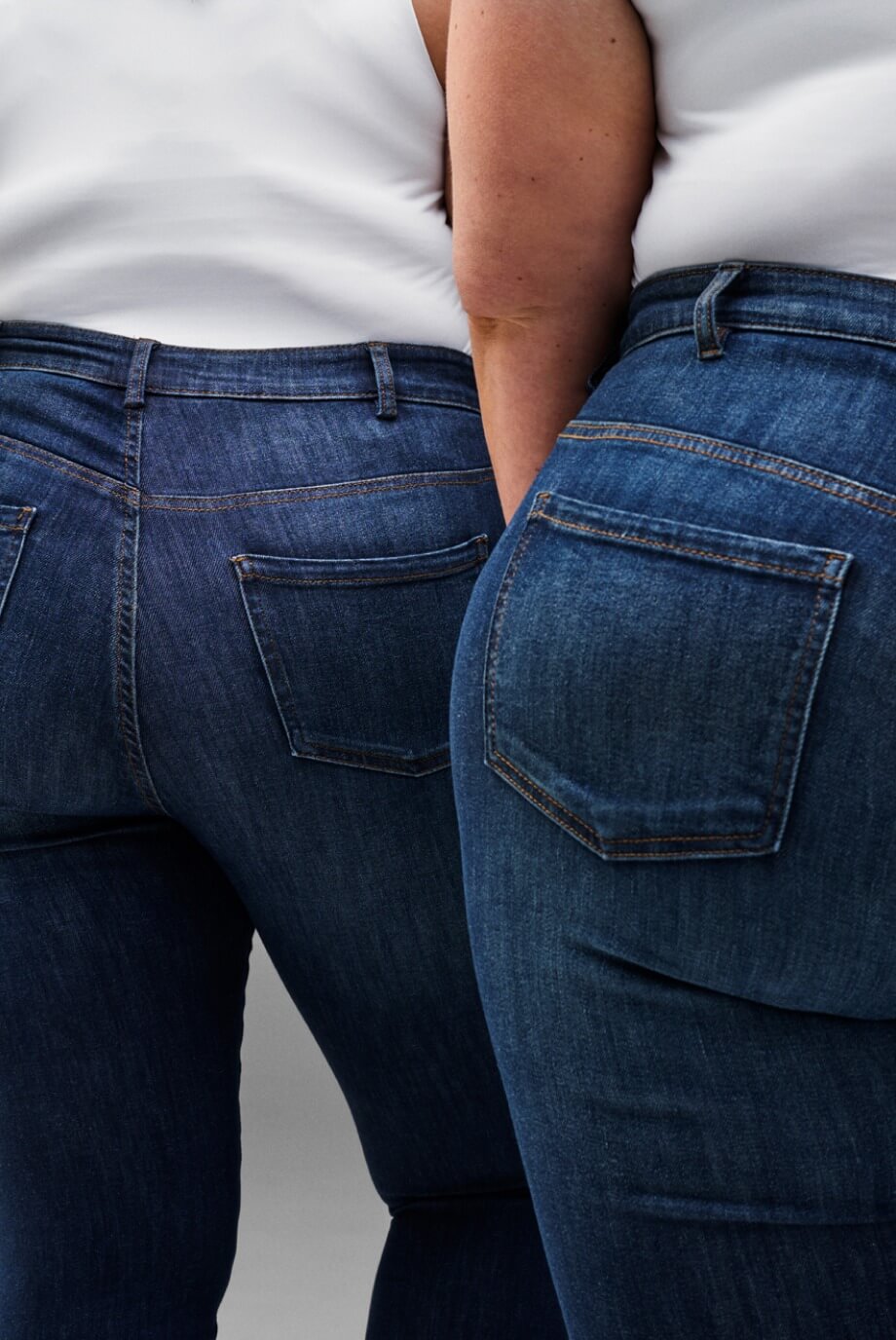
Outdoor guide: Choose the right hiking wear
For many of us, a walk or hike in nature is the definition of pure relaxation or an exciting adventure – perhaps you can relate? It’s often an ideal activity to plan with family, with friends or simply by yourself. Regardless, it’s important to be dressed in the right walking wear to provide the best conditions for a good experience.
What is good hiking wear?
“There’s no such thing as bad weather, only bad clothing”. This is a phrase you’ve more than likely heard before, and perhaps there’s something to it. If you have suitable clothing and footwear, you’ll generally have a better experience. Regardless of whether you’re looking for walking wear for summer or winter, there are certain requirements for your outdoor clothing. But what is good hiking wear for women? The most important thing is that you can stay warm and dry regardless of the weather conditions. This also means that you need to be able to adapt to diverse weather conditions.
Remember the 3-layer principle
Precisely because you can never 100% rely on the weather, it’s important to be able to adapt to different weather conditions in your hiking wear. When you’re active, your body will automatically cool down if your clothing is damp. With the 3-layer principle, you can both insulate and ventilate the body so avoid getting cold and damp.
- The inner layer of clothing shouldn’t be too thick in order to make it easier to transport sweat away from your body. Look for wool or a synthetic material. Wool is particularly good at adapting to your body’s temperature and even provides warmth when it gets wet.
- The mid-layer should be warm and breathable. A wool sweater or fleece jacket is particularly suitable for this purpose, as both keep your body warm while letting it breathe.
- The outer and final layer needs to protect against wind, water and cold, which is why it should be both windproof and waterproof. You can therefore use wind and waterproof shell jackets. Alternatively, you can also use a regular rain jacket.



Find a functional jacket
Whichever time of year your adventure is taking place, it’s important to have a good jacket. Besides keeping you warm and dry, the ideal outdoor jacket gives you good movement freedom and breathability.
In the summer, a light jacket can be enough to handle a light breeze and protect you from the sun. However, if you’re looking for spring or autumn hiking gear, a softshell jacket could be a good bet. They are both windproof and waterproof and allow your body to breathe. During the winter or when it’s cold, you can also supplement with a fleece jacket.
When it’s wet outside, it’s naturally ideal to have a rain jacket. However, water column pressure and taped seams are two things you ought to pay attention to. The water column pressure should be between 5000 and 10000 mm. This pressure means you can keep both lighter showers and heavy rain out. It’s also important to make sure your rain jacket has taped seams so that water doesn’t get in and you can stay dry. You can read more in our guide on waterproofness and breathability.
Choose the right top
When you get moving, you quickly warm up. To avoid your body getting damp and cooling down, choose a sweat-wicking top your body can breathe in. For this, we can once again recommend wool and synthetic materials. Their functional properties help give your body the best conditions during your walk. When it’s cold, a fleeced jumper can be a good choice.
Practical and smart outdoor trousers
Before you head out on a long walk or hike, consider finding a pair of outdoor trousers. There are several kinds of hiking trousers. What they all have in common is the particularly functional material to ensure a high level of comfort and breathability. Some of the trousers come with practical pockets that are ideal for smaller items you may need during your walk. There are also shell trousers, which keep wind and water out, as well as providing good ventilation just like hiking trousers. You can therefore wear them in many kinds of weather.
See all outdoor trousers
Footwear: Good to know
If you’re going on a short walk or hike where the terrain isn’t too challenging, a pair of walking shoes should be sufficient. On the other hand, if you’re heading out with some baggage and on slightly more challenging terrain, consider a pair of hiking boots. These will provide better ankle support, decreasing the chances of twisting or injuring an ankle.
Once you have your footwear in check, it’s time to think about socks. If there’s room in your shoes, it can be a good idea to wear a pair of thin, synthetic sports socks as an inner layer and woollen socks as an outer layer. The two layers of socks will rub against each other rather than your skin, which can help reduce the risk of blisters.
What should I bring with me on a hike?
If you’re going on a long hike, it’s particularly important to sort out which things to bring with you. You don’t want to have too little or too much – you’ll need to carry it around after all. Perhaps the list below can help inspire your own packing checklist. The contents will of course vary according to the season:
- Hiking backpack
- Map and compass
- Neck gaiter
- Gloves
- Blister plasters
- First aid kit
- Sun cream
- Mosquito spray
- Sunglasses
- Powerbank
- Head torch
- Pocket knife
- Food and drink
- Plastic bag for waste
5 good pieces of advice for your walk
Besides the right clothing and a well-packed rucksack, here are 5 pieces of advice to take with you:
- Remember to drink enough water, and even more during the summer.
- Make sure to have something to eat so your body has something to burn off.
- Bring some blister plasters, so blisters don’t ruin your walk.
- Check for ticks as soon as you get home after walking in nature.
- Stretch after and during your walk to avoid soreness.
With that said, we wish you a wonderful trip in nature. And remember: All weather is outdoors weather!

























































